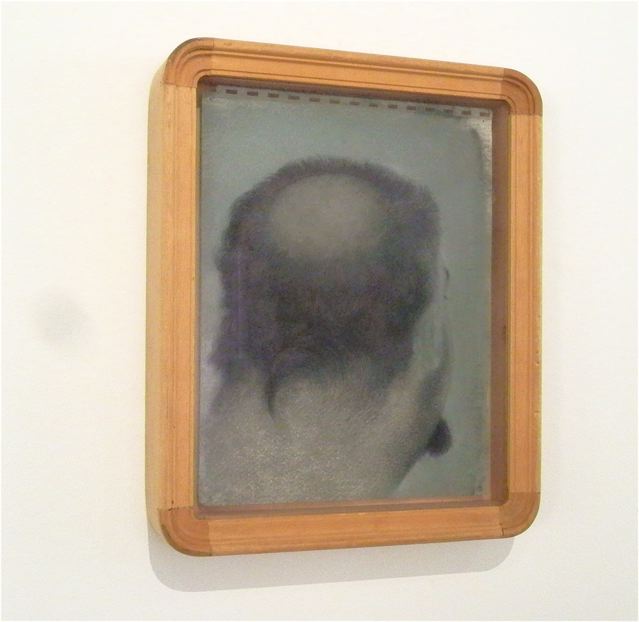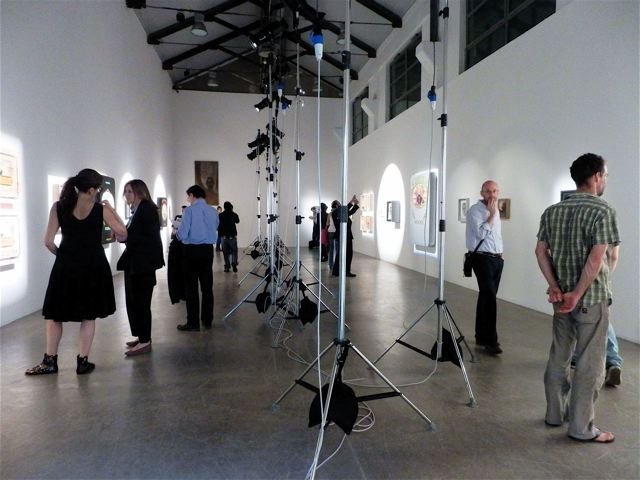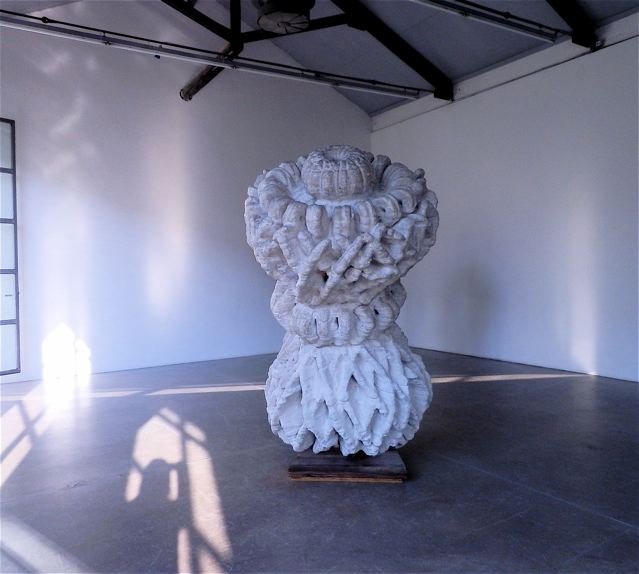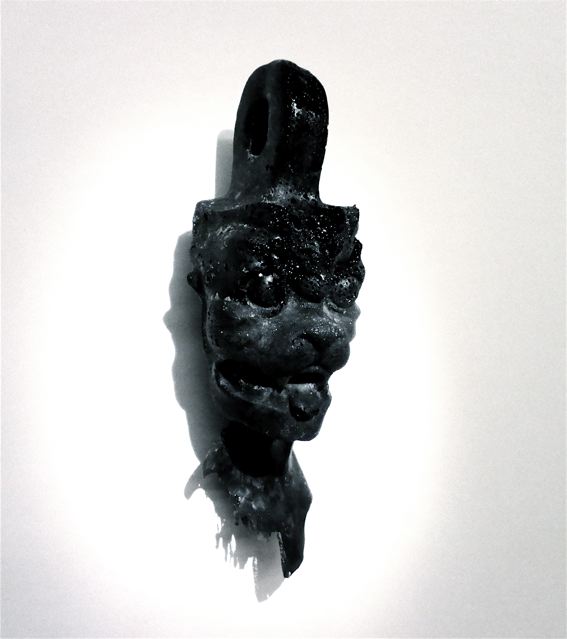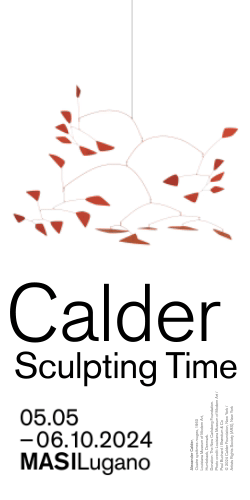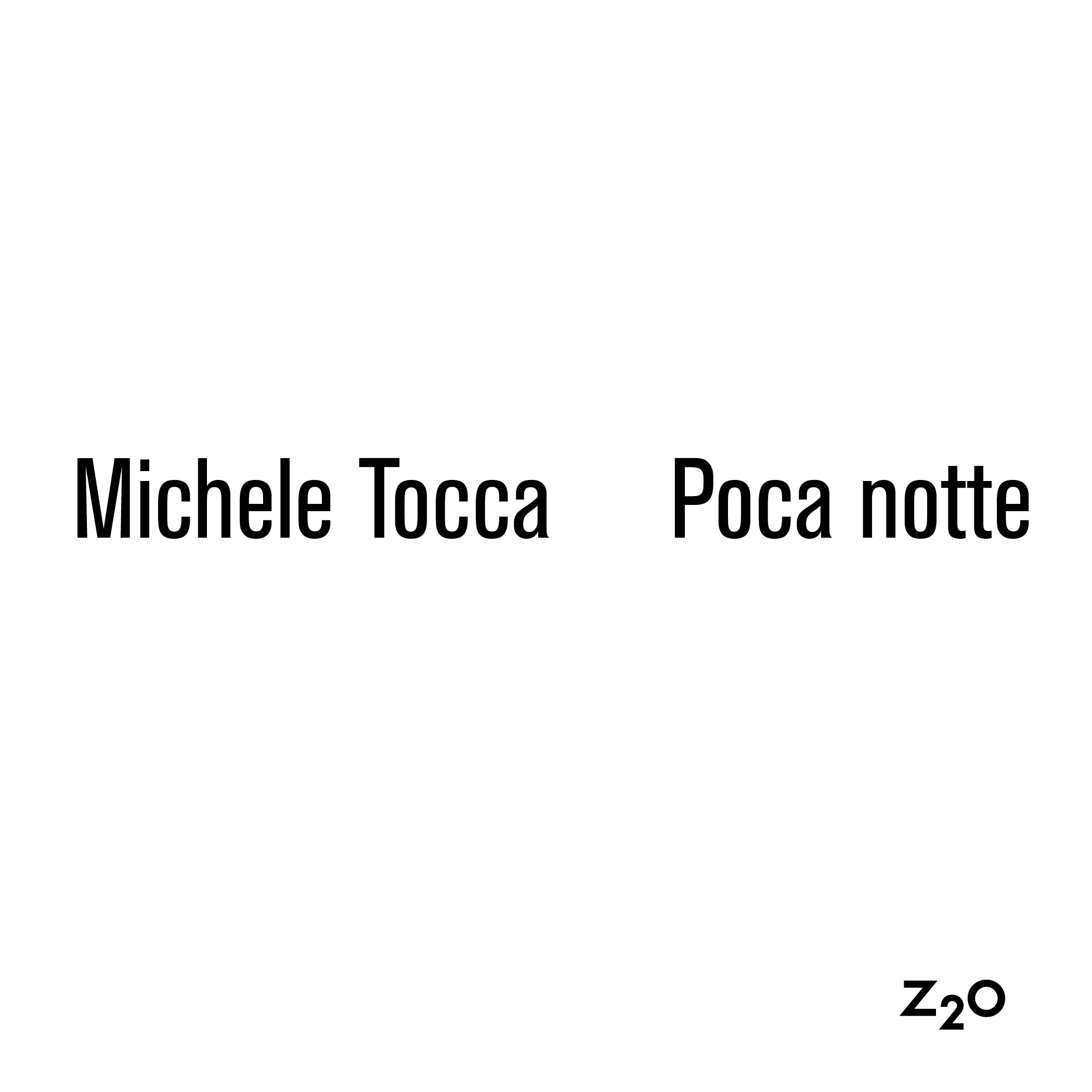***
Riflettori puntati su Roberto Cuoghi alla Galleria Massimo De Carlo. Tanti faretti a illuminare, cerchiati, le decine di quadri, quadretti, disegni, corrosioni, colature… Fa impressione in effetti vedere questa sfilza di ritratti che, non certo senza diligenza e maniacalità, Cuoghi ostenta e sbandiera.
Insofferente, disturbato dal chiasso mediatico (?) attorno al suo personaggio, l’artista ha pensato di allestire una passerella e/o galleria di mostri-caricature di se stesso. Grasso, magro, bello brutto, ammiccante, pacato, distorto, sorridente, triste ecc.
Prende il mazzo da gioco della sua carriera di artista non ancora quarantenne (di mezza età) e le butta sul tavolo. Scocciato. Non si fa vedere, non parla, non risponde. Lavora (calvinisticamente) anche nell’ombra. I suoi ragionamenti o fantasie si condensano nel suo fare. Se vogliamo delle risposte da lui, dunque, le dobbiamo trovare tra grafite, gessetti, sfumati e campiture stese in modo impeccabile. Perchè, diciamolo, questa sfilza di opere ha dello strepitoso. Sono tecnicamente perfette, chapeau! Nessuno batteva le mani nell’immobilità glaciale e silenziosa della grande stanza ma, tra i silenziosi e sbalorditi spettatori, si sussurra:” “Capolavoro!”, “Santo Subito!”
Dalla prima alla seconda stanza, si passa dalla passerella al vano della rivelazione: “IO SONO PAZUZUSUZA, FIGLIO DI HAZANHA, RE DEI MALIGNHHAZA…” L’artista si sconfessa rivelando nero lucido su nero opaco, delle ambigue origini divine. Scomoda nuovamente il Dio Babilonese Pazuzu – già utilizzato (parodiandoci), nel 2008, ingrandendo un amuleto del divino babilonese conservato al Musée du Louvre di Parigi
Roberto Cuoghi ha sotto tiro il principio di immanenza. Cos’è il principio di immanenza? “Consiste nella negazione della trascendenza dell’essere rispetto alla coscienza (individuale o sociale, spirituale o sensibile, strutturale o storica); l’essere si costituisce nell’immanenza del soggetto pensante”. Negando e affermando, ascendendo negli inferi o trascendendo in un qualsiasi divino, l’artista scomoda anche il “Demone che penetra nella sostanza di ogni sua rappresentazione”. No ai simulacri, alle rappresentazioni, alle spoglie, alle sindoni, alle tracce, ai resti, alle ombre. Questa mostra sembra sempre di più la negazione e l’affermazione di non si sa bene che cosa.
Qui, forse, più che perdere le staffe, qualcuno ha perso la bussola.
Ma saliamo nella terza stanza dove, ‘baciate’ da una luce naturale semidivina, appaiono due sculture, un grande mascherone nero e un disegno. La grande sculture che sembra un bonbon, un fiocco, una conchiglia ha del meraviglioso. Resina o cos’altro.. questa grande e pesantissima scultura cattura e sbalordisce. Un pò meno attraente ma comunque misterioso anche il piccolo totem nero che conserva profili mostruosi, nasi, bocche o sberleffi. Nell’ultima stanza, ancora idoli, ancora false rappresentazioni dell’artista che, creduto all’inizio della sua carriera simulacro del padre, in realtà svela che, l’immagine di riferito per il suo aumento di peso, altro non era che un piccolo ritratto sul marchio di sigari che l’artista consumava per attestare nuove abitudini di comportamento.
Gli crediamo ?
***
The spotlight is on Roberto Cuoghi at the gallery of Massimo De Carlo. Many spotlights to illuminate the dozens of frames; small paintings, drawings, oxidized, leaking … It is rather impressive to actually see this row of portraits, certainly made with care and a touch of obsession, which Cuoghi presents. Intolerant, disturbed by the noise of the media (?) about his character, the artist has decided to set up a walkway and / or gallery show with sketchy self-portraits. Fat, skinny, ugly, beautiful, alluring, quiet, distorted, smiling, and so on. He takes his career as an artist- he is less than 40 years old- and throws it on a public view, just like a ‘game’. Annoyed. You don’t see him, he does not speak nor respond. He works ‘scientifically’ even in the dark. His thoughts or fantasies are condensed in his making of the work. If we want answers from him, then, we should look among the graphite, the chalk and the shaded backgrounds. Because, frankly, this series of works is amazing. Technically sound… a bow!
Nobody clapped their hands in the cold and quiet large space, but among the silent and stunned spectators you could hear “A masterpiece… “, “Oh, my God!”
From first to the second room, there is a pathway to the compartment of the revelation: “I AM PAZUZUSUZA, SON OF HAZANHA, KING OF MALIGNHHAZA …” The artist rejects the ambiguous divine origins, by revealing a shiny black layer on matte black. He uses again the Babylonian God Pazuzu – already used creating a parody of him, in 2008, enlarging an amulet of the Babylonian Gods that is preserved at Musée du Louvre in Paris. Roberto Cuoghi has as a starting point the principle of immanence. What is the principle of immanence? “It consists of the denial of the transcendence of being, in regard to the consciousness (individual or social, spiritual or sensitive, structural or historical); being is constituted within the immanence of the thinking subject.” Negating and affirming, ascending to the underworld or transcending to the divine, the artist also disturbs the “demon that penetrates into the essence of any representation.” No to the pretense, the representations, the shrouds, the traces, the ruins and the shadows. This show transmits the feeling of an escalating negation and affirmation of something vague. Here, perhaps someone has lost his orientation, rather than his temper. We move on in the third room, which is illuminated by a splendid natural light, to confront two sculptures and a big black mask. The large sculpture that looks like a bonbon, a flake, is a wonderful shell. I think it is made of resin… This large and heavy sculpture captivates and amazes. A little less attractive but equally mysterious, is the little black totem that has different monstrous aspects, noses, mouths and expressions. In the last room, there are again these iconographies, false self-portraits of the artist, for whom was believed to have a career similar to that of his father, actually reveal that the image refers to his weight increase, was nothing but a small portrait on the cigar brand that the artist used to smoke in order to access new behavioral habits of behavior.
Should we take his word for it?

